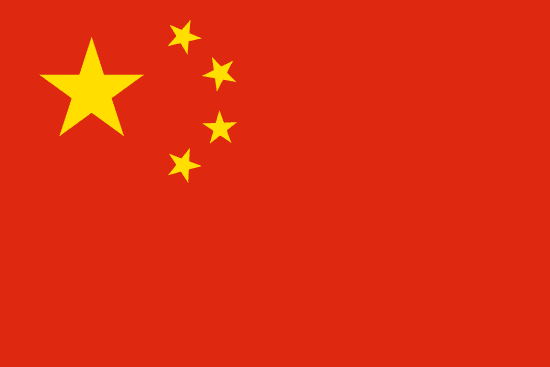"张家界,世界自然遗产 | Zhangjiajie, World Natural Heritage"
About:
Zhangjiajie, a city in China's Hunan province, traces its history back to the Neolithic Age when it was occupied by the Tujia, Bai, and Miao tribes. It was officially established as a county in 1988 and upgraded to a city in 1994. Known for its unique sandstone formations, it was inscribed as a UNESCO World Heritage Site in 1992. The city gained international fame after inspiring the Hallelujah Mountains in the film "Avatar". Today, it remains a popular tourist destination, renowned for its natural beauty and cultural heritage.
When to visit:
Zhangjiajie, a city in the Hunan province of China, is best visited during the spring or autumn seasons. The months of April to June and September to November offer pleasant weather with mild temperatures and lower chances of rainfall. During these times, visitors can enjoy the stunning landscapes of the Zhangjiajie National Forest Park without the crowds that often accompany the peak summer months. Additionally, the vibrant colors of spring blossoms or autumn foliage add to the beauty of the region, making it an ideal time to explore the natural wonders of Zhangjiajie.
When to avoid:
Zhangjiajie, located in the Hunan province of China, is renowned for its stunning natural landscapes and unique rock formations. However, the worst time to travel to Zhangjiajie, especially during a holiday, is during the Chinese National Day Golden Week in early October. This is when domestic tourists flock to the area, leading to overcrowding, long queues, and higher prices for accommodations and attractions. To avoid the crowds and fully appreciate the beauty of Zhangjiajie, it is advisable to plan your visit during the shoulder seasons of spring or autumn when the weather is pleasant and the crowds are thinner.
Winter
Zhangjiajie experiences its coldest and most challenging weather during winter, with average temperatures dropping to around 5°C (41°F), and occasional snowfall making travel and sightseeing difficult.
Autumn
Autumn is the best season to visit Zhangjiajie, with comfortable temperatures averaging around 20°C (68°F), clear skies, and the stunning fall foliage in the national park making it a spectacular sightseeing season.
Language:
Mandarin Chinese is the primary language spoken in Zhangjiajie, China. As it is a popular tourist destination, English is also commonly used in areas frequented by international visitors. Additionally, local dialects such as Zhangjiajie dialect, a variant of Southwestern Mandarin, may also be heard.




